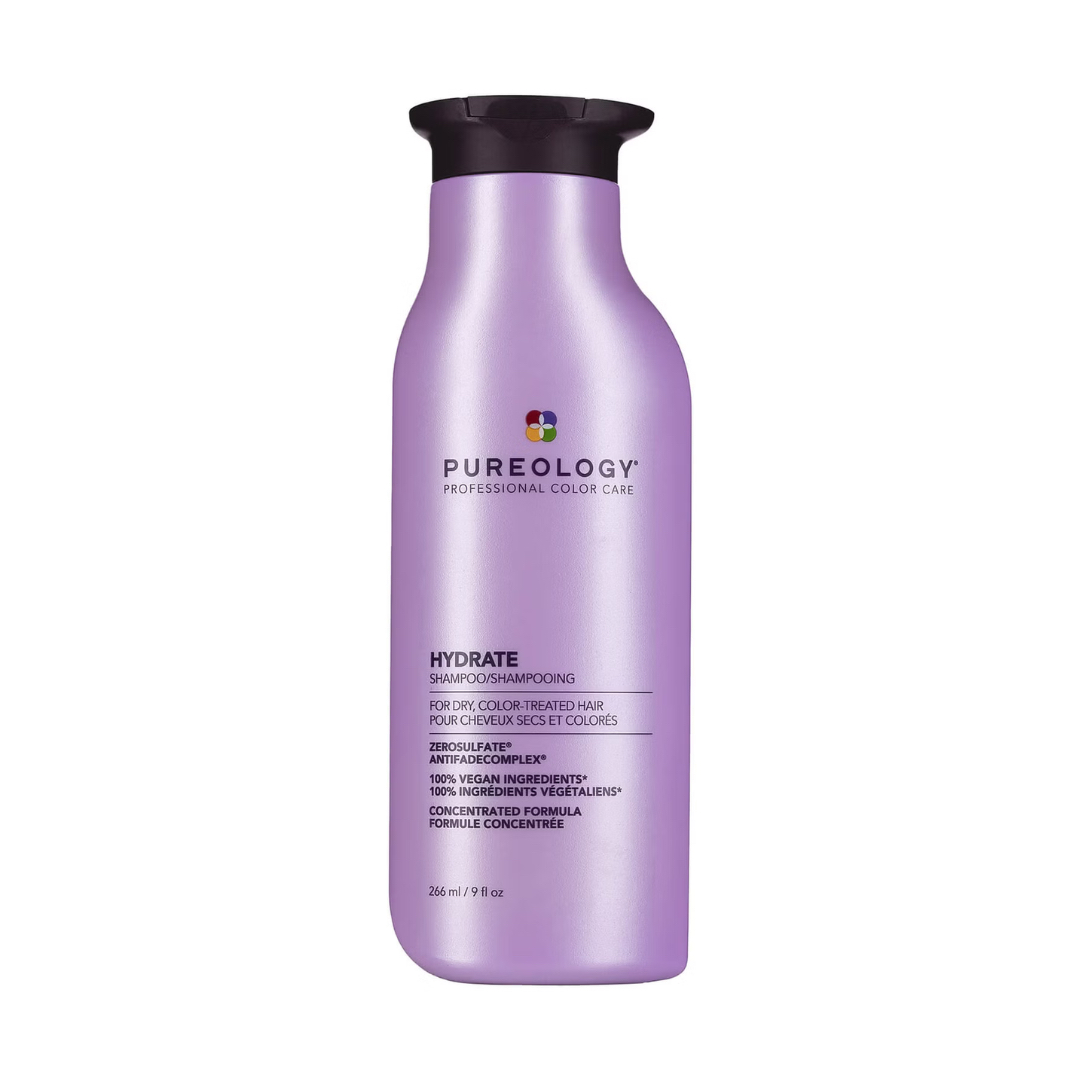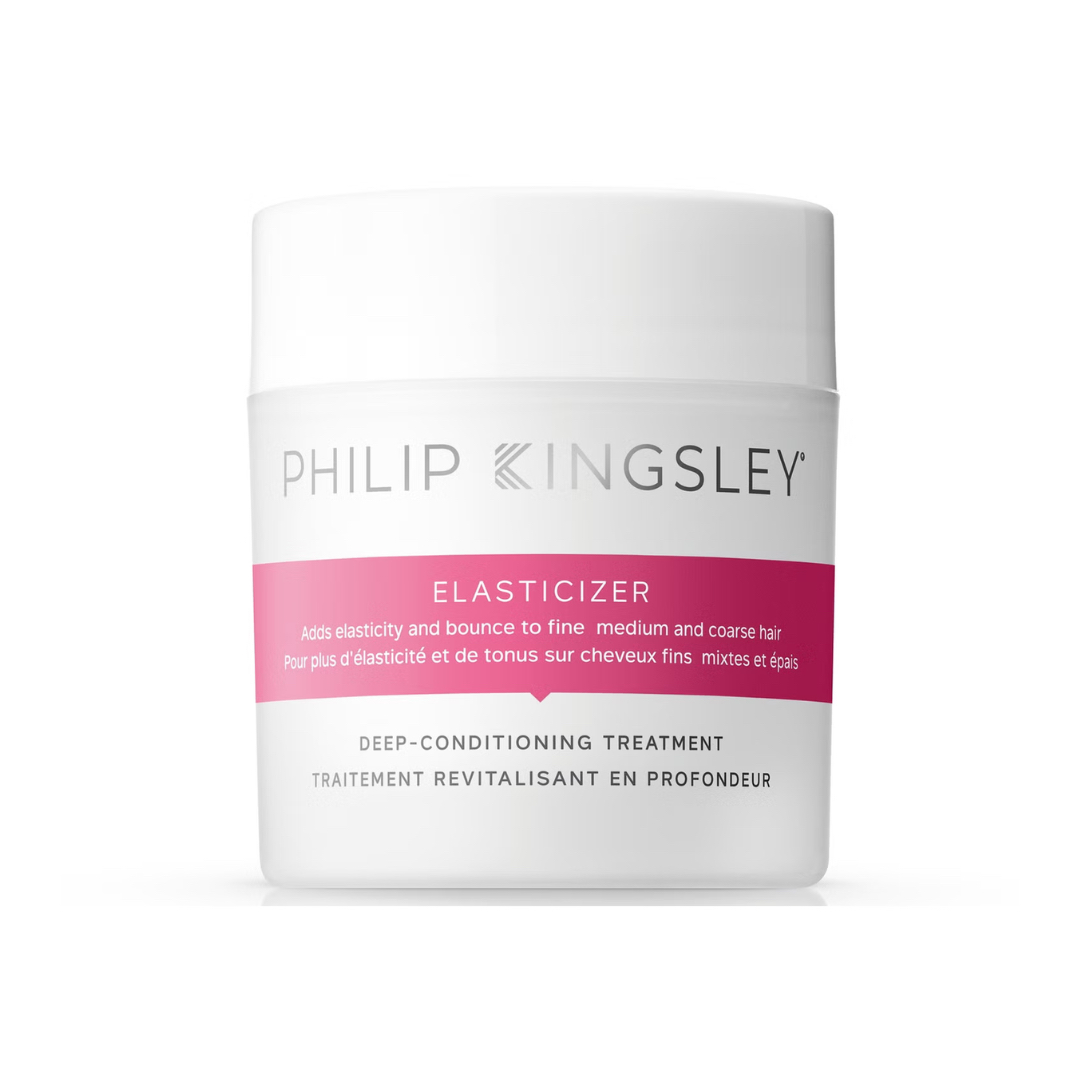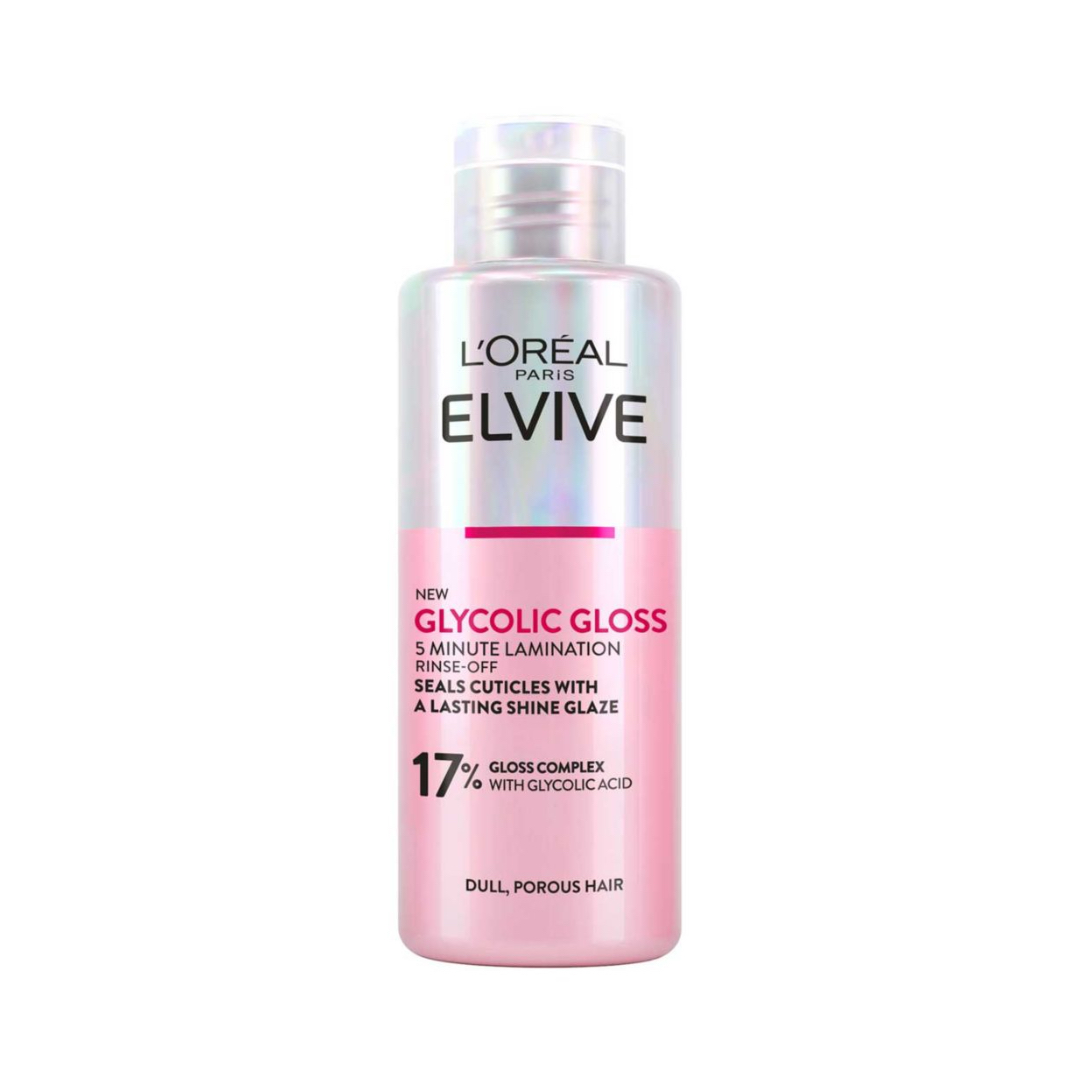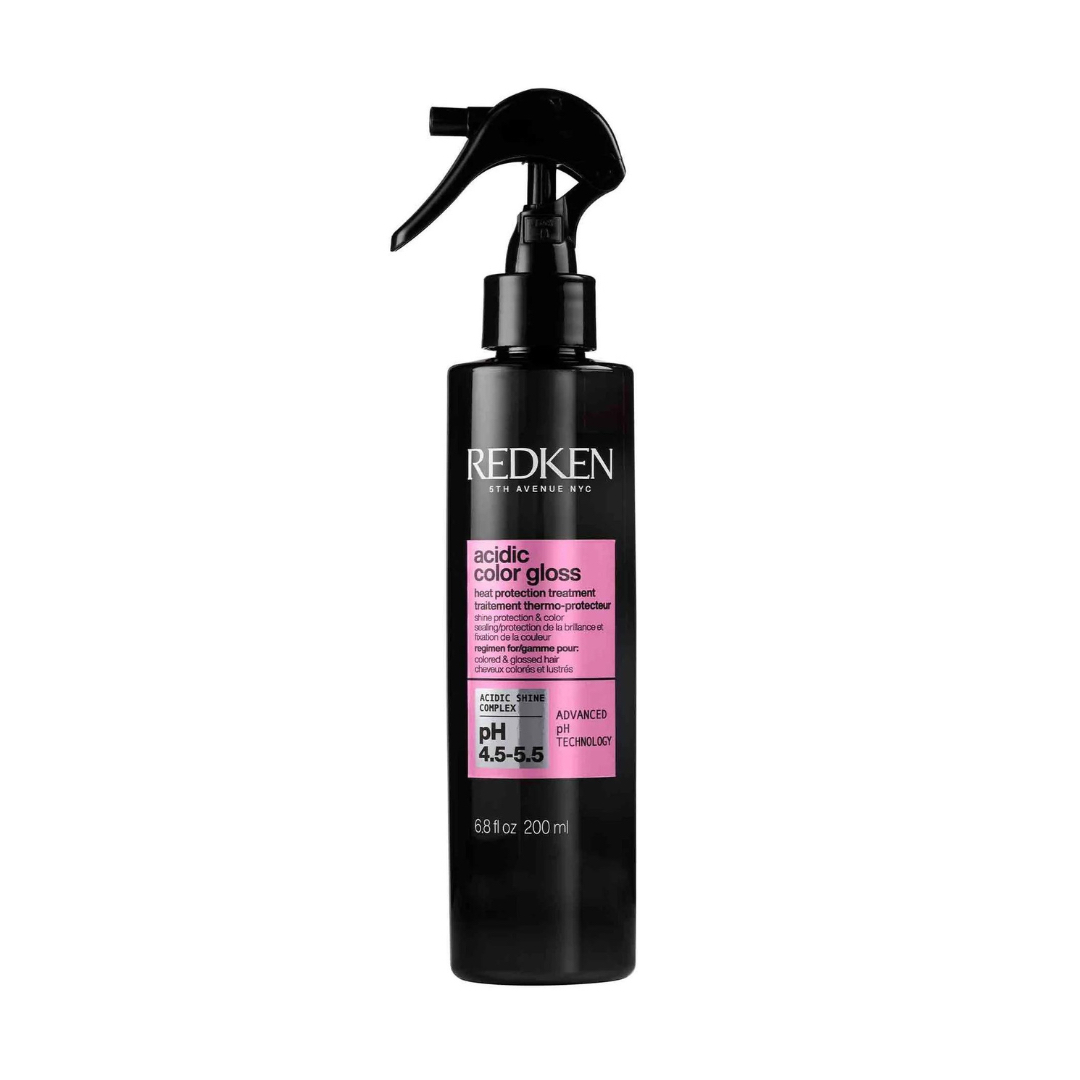Like muted manis, just for your hair—'pastellisation' is the understated hair trend to know about this summer
A leading colourist just told me why it's *the* technique to try
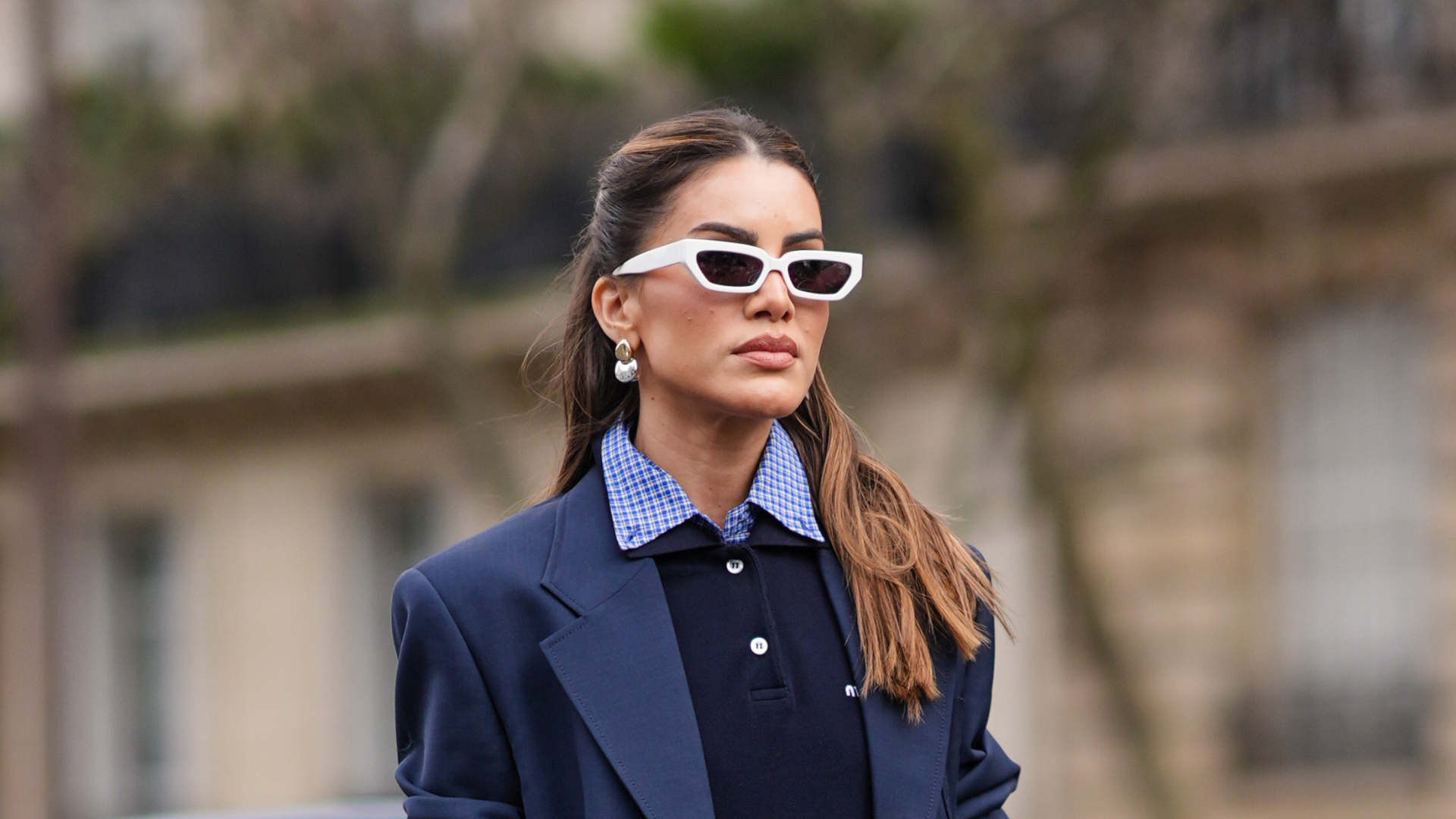
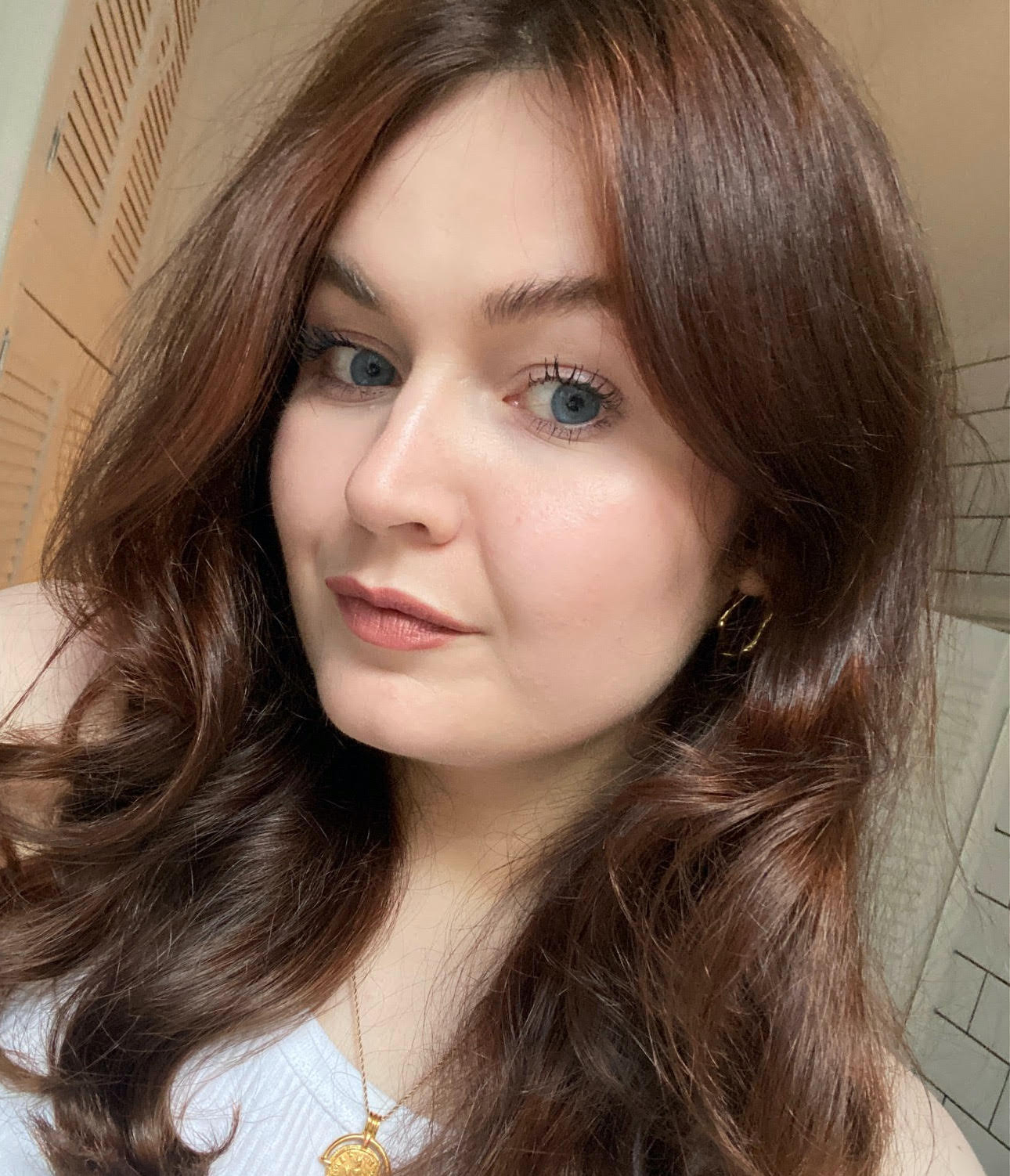
One of my favourite things about my job is that I regularly speak to beauty industry experts, like hairdressers and colourists, and get to pick their brains about emerging hair trends or interesting colour and cutting techniques. A great example of the latter is pastellisation.
Wearable and flattering, it’s one that Zoë Irwin, editorial, colour and trend ambassador for Matrix and Creative Director at John Frieda Salons, put on my radar—and it's perfect for summer. I’m sure you’re wondering what it actually is, so ahead she’s explained everything you need to know about pastellised hair.
What is pastellisation?
In a nutshell, pastellisation is the creation of a lighter version of a hair colour. This softer tone can then be used to create dimension via highlights or small, face-framing pieces, for example—essentially the opposite of something multi-tonal. “Say you’ve got an all-over gold hue, it's basically about taking that colour and using the lightest form of it,” Zoë explains. “Think of it as the sheerest version of your all-over colour that totally matches the tone.” Like muted nails—just this time it's on your hair.
Zoë notes that, recently, this has been a particularly key technique for those with red or copper hair (AKA two of the biggest hair colour trends of the moment) who want to add lightness to their colour. By pastellising sections, they match tonally and seamlessly compliment the rest of the hair. “It’s the same colour [and] exactly the same colour family,” she confirms.
Pastellisation inspiration
A post shared by Mi Zapanta (@michelle.zapanta)
A photo posted by on
A post shared by Lexie Haines 🍓 (@thestrawberryblonder)
A photo posted by on
A post shared by Redken (@redkenpro)
A photo posted by on
A post shared by Melanie Cash Curl Specialist (@cashgottherecipe)
A photo posted by on
A post shared by Styl Hair Niort (@stylhairniort)
A photo posted by on
How does pastellisation work?
If you’ve used Photoshop—or any program with a colour-picking tool—pastellisation is a bit like adjusting your chosen colour to get a different tone rather than choosing a completely different one. As well as likening it to tonal dressing, Zoë explains the effect using a unique (but easy-to-follow) analogy.
“Say you were making a strawberry milkshake and you put the sauce at the bottom and then added a third of milk, then half, and so on,” she explains. “You’d get different variants of that same tone. It’s not going to change; that pink will not go one way or another because it’s just becoming creamier. That’s what I do with hair colour: it is literally a dilution.”
Who does pastellisation suit?
The beauty of pastellising is that, because you are simply incorporating a lighter version of the same tone, it works on most hair colours, from deep brunettes through to warmer reds and blondes. Not only that, it also works well on various hair thicknesses—Zoë notes that pastellisation can add contrast to a thick head of hair, or contour and depth to a finer head of hair. And, because it's "like putting sunlight in", there's no better time of year to ask your hairdresser to add pastellised pieces to your hair.
Marie Claire Newsletter
Celebrity news, beauty, fashion advice, and fascinating features, delivered straight to your inbox!
The best products for pastellised hair

Lucy is a freelance beauty editor and contributor at Marie Claire, and has also written for titles including Cosmopolitan, Refinery29, Glamour and woman&home. She was previously Marie Claire’s junior beauty editor. During her career, she’s covered everything from backstage beauty at fashion week to interviews with famous faces like Drag Race royalty and Little Mix. As for her beauty ethos, she’s a big advocate for not having to spend a fortune on beauty products to get good results. When she’s not got beauty on the brain you’ll probably find her reading or Netflix-ing.
-
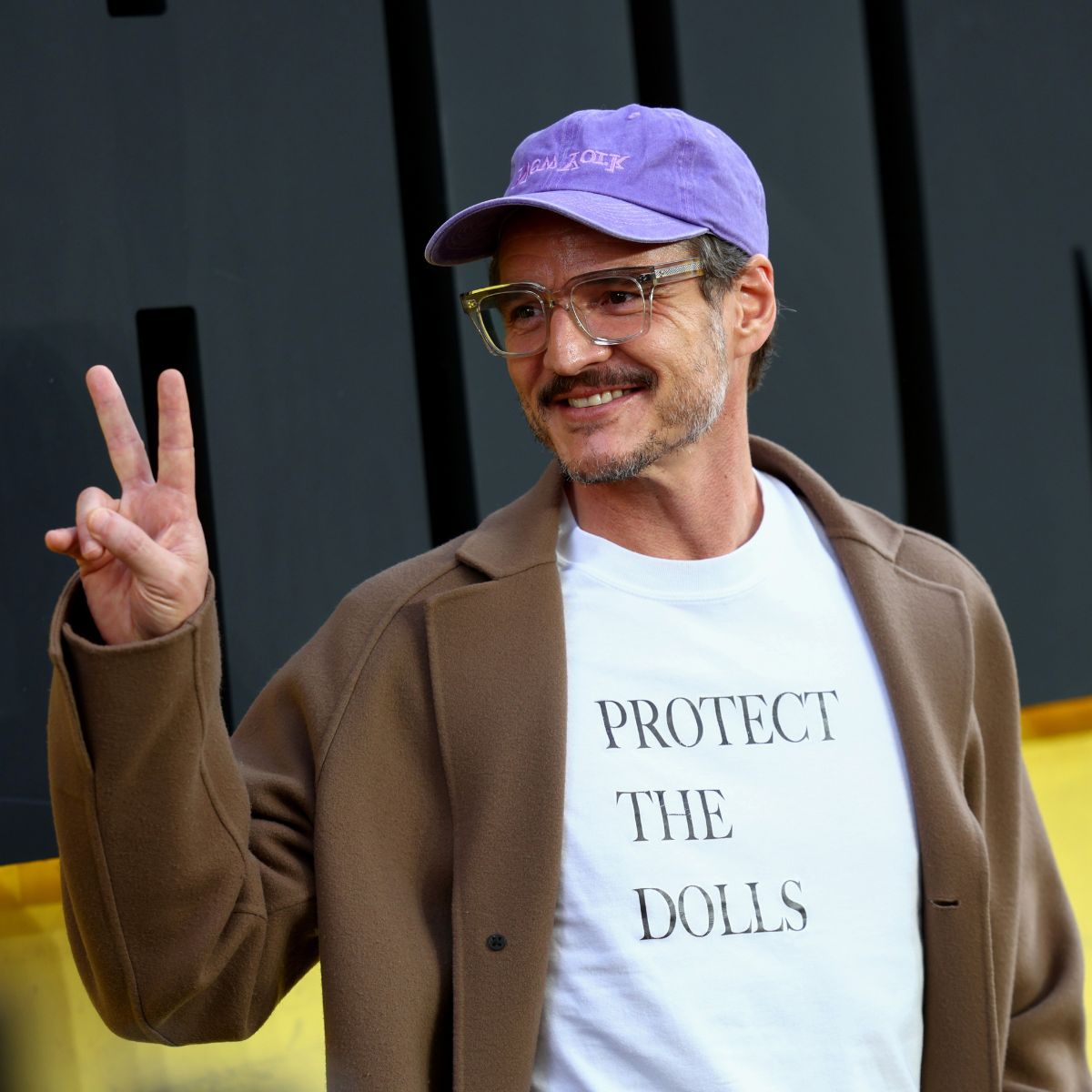 How the slogan t-shirt became this season's must-have - and why it's more than just another trend
How the slogan t-shirt became this season's must-have - and why it's more than just another trendNot just another Nineties throwback
By Clementina Jackson
-
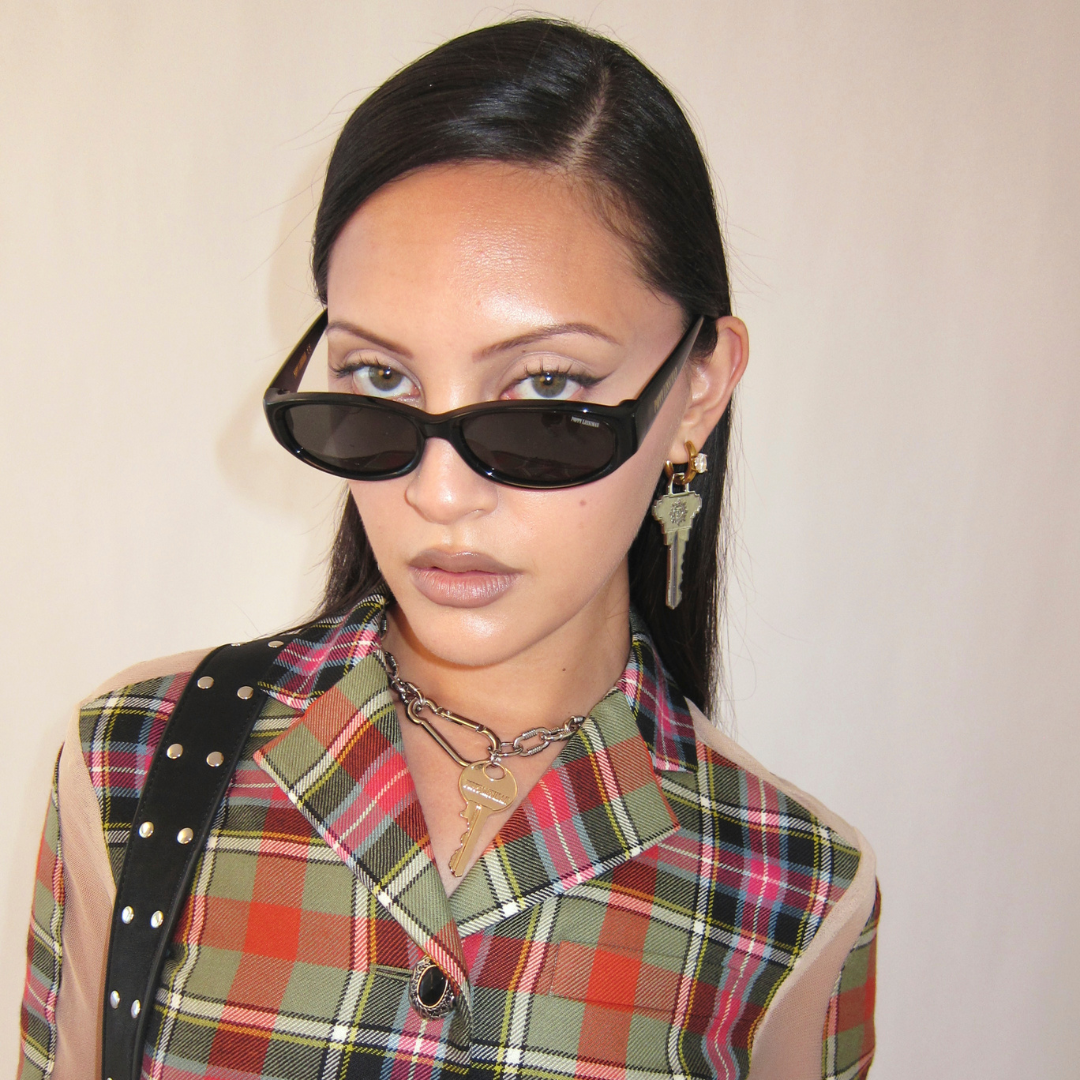 How are Trump’s tariffs affecting the fashion industry?
How are Trump’s tariffs affecting the fashion industry?The fluctuating situation in the US is having very real consequences
By Rebecca Jane Hill
-
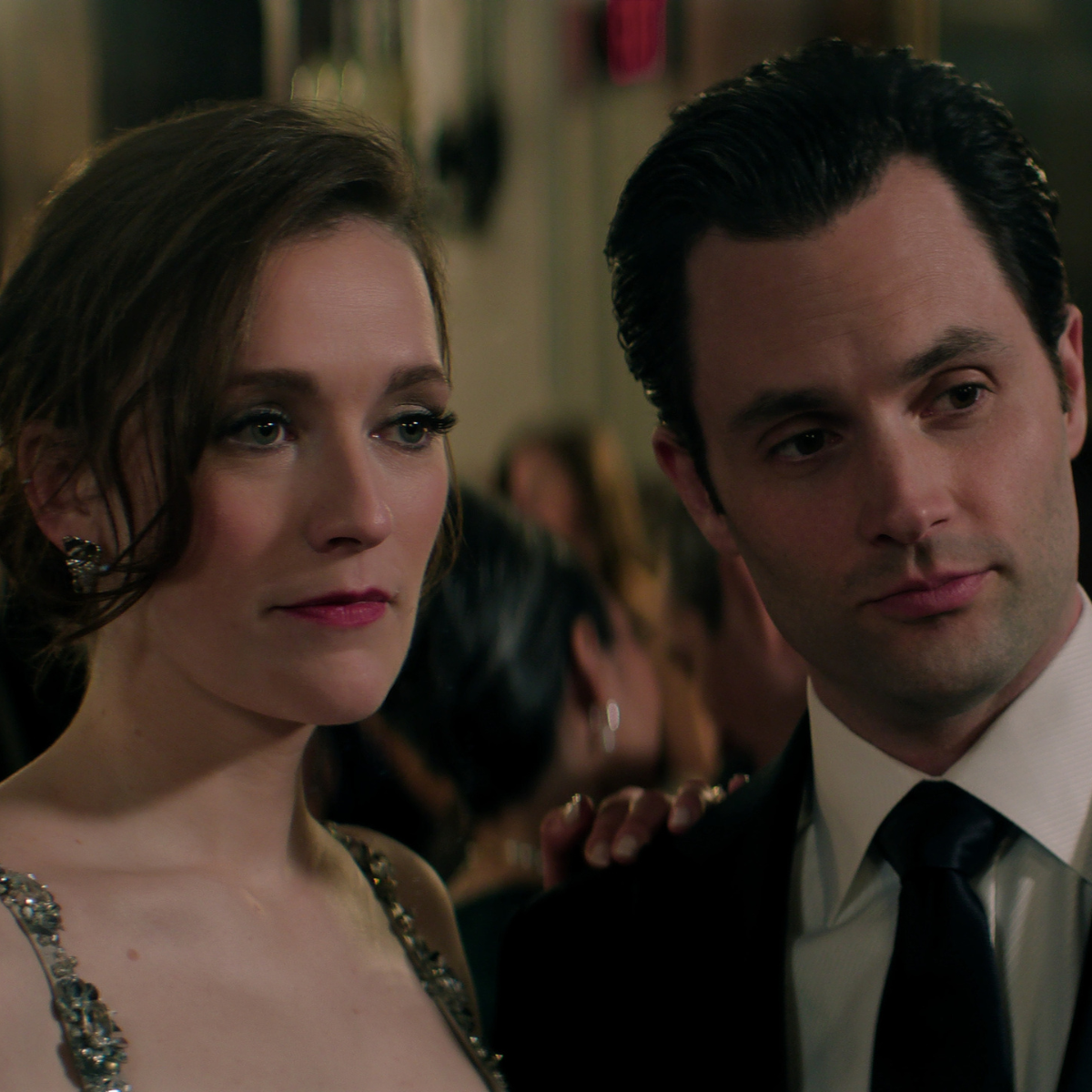 Here's every character returning for You season 5 - and what it might mean for Joe Goldberg's ending
Here's every character returning for You season 5 - and what it might mean for Joe Goldberg's endingBy Iris Goldsztajn
